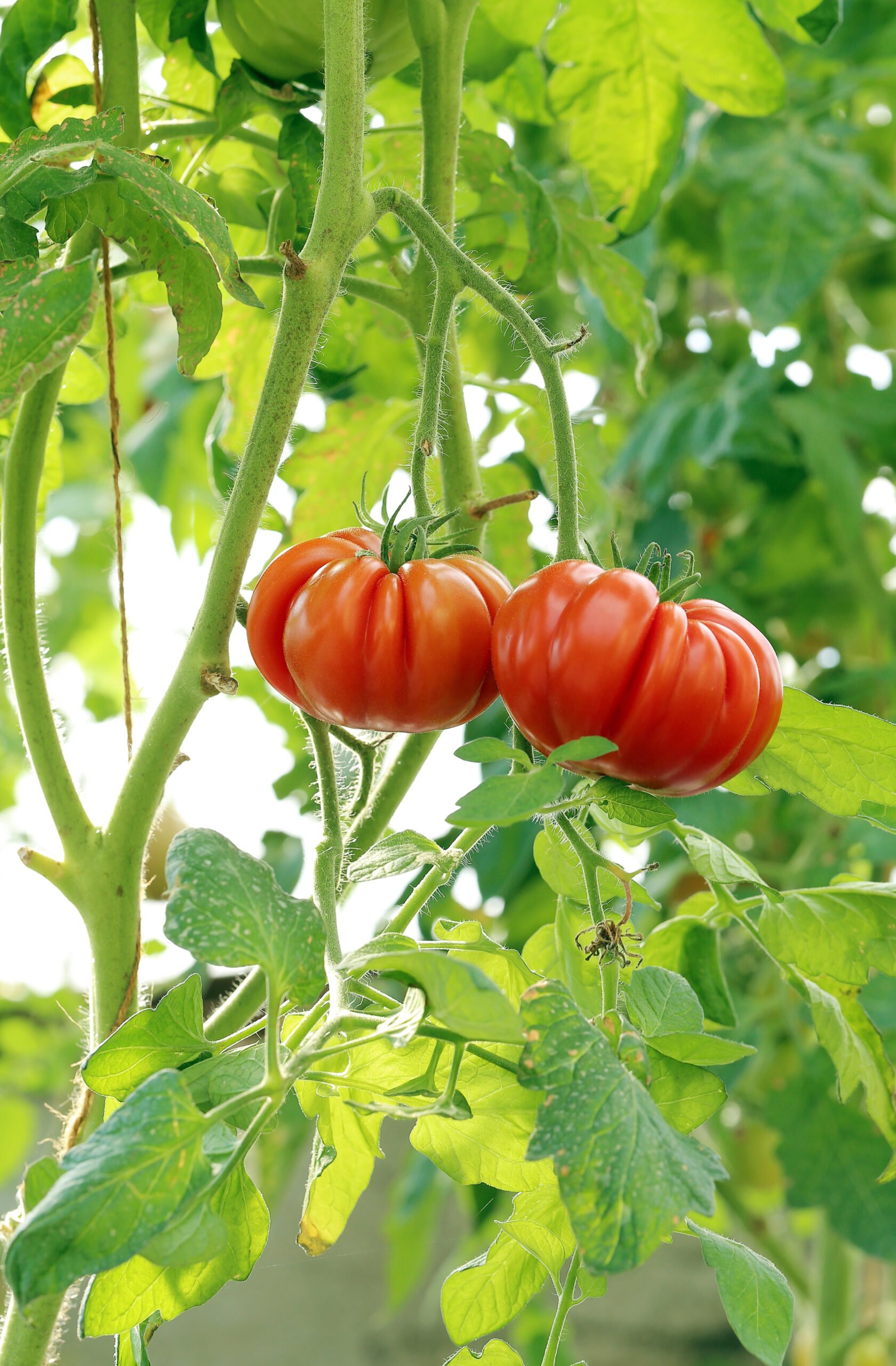
Tomatoes, cherished for their juicy allure and culinary versatility, leave many gardeners pondering the fate of their plants once the fruiting cycle culminates. The query that often arises is, “Do tomato plants die after fruiting?” Exploring this botanical enigma unravels the lifecycle nuances, shedding light on the fate of these vibrant garden companions.
Table of Contents
Understanding the Lifespan of Tomato Plants
Tomato plants progress through several distinct growth phases, each playing a crucial role in their lifecycle. Understanding these stages sheds light on the question of whether they wither away after fruiting.
Germination and Seedling Stage
The journey of a tomato plant begins with germination, as the seed sprouts and transforms into a fragile seedling. During this stage, the plant establishes its roots and starts to develop its first set of leaves.
Vegetative Growth
As the seedling matures, it enters the vegetative growth phase, characterized by rapid leaf development and stem elongation. This phase focuses on establishing a robust framework for the plant to support future fruiting.
Flowering and Fruiting
The pinnacle of a tomato plant’s journey lies in its flowering and fruiting stage. Delicate blossoms emerge, eventually transforming into the luscious tomatoes cherished by many. However, the question lingers: do tomato plants cease to exist after this fruitful phase?
Do Tomato Plants Die After Fruiting?
Contrary to popular belief, tomato plants don’t inherently die immediately after fruiting. The fate of tomato plants after fruiting depends on their variety. Determinate types cease growth and die after fruiting, while indeterminate varieties can continue producing fruit until they’re affected by disease, pests, or environmental factors, ultimately leading to their decline.
Influences on Tomato Plants’ Post-Fruiting Lifespan
Cultivation Practices
Prudent care and maintenance are essential factors that can influence a tomato plant’s lifespan after fruiting. Adequate watering, ensuring the plant receives the necessary moisture without overwatering, is crucial for sustained growth. Proper fertilization, providing essential nutrients in the right balance, supports healthy development. Disease management, including preventive measures like regular inspection and treatment, safeguards the plant’s health, thereby extending its post-fruiting life.
Varietal Traits
Varietal Traits: Tomato varieties are categorized into determinate and indeterminate types, each exhibiting distinct growth characteristics after fruiting.
a. Determinate Varieties: These varieties are genetically programmed to reach a specific height and produce a defined number of fruits before ceasing growth. Once these plants set and ripen their fruits, they begin to decline gradually. They have a relatively shorter lifespan post-fruiting compared to indeterminate varieties.
b. Indeterminate Varieties: In contrast, indeterminate varieties continue to grow and produce fruits indefinitely under favorable conditions. They don’t have a predetermined endpoint for growth and fruiting. These plants keep producing new shoots, flowers, and fruits until they encounter adverse conditions like extreme weather, diseases, or pest infestations that hinder their growth and productivity.
Environmental Factors
- Weather Fluctuations: Sudden changes in temperature, excessive heat, frost, or prolonged periods of rain can stress tomato plants. High temperatures may lead to wilting and hinder fruit set, while cold snaps can damage foliage and halt growth. Extended periods of rain increase the risk of diseases like blight. Adapting cultivation practices, such as using shade cloth during extreme heat or covering plants during unexpected frost, can mitigate these effects.
- Diseases: Pathogens thrive in specific weather conditions, and their presence can expedite the decline of tomato plants after fruiting. Diseases like blight, wilts, or viruses can rapidly spread during humid or wet weather, causing extensive damage. Employing preventive measures like crop rotation, using disease-resistant varieties, and practicing good sanitation help in disease management.
- Pest Infestations: Pests, ranging from aphids and caterpillars to beetles, can quickly infest tomato plants, weakening their health. Warm and humid conditions often favor pest proliferation. Regularly inspecting plants and employing natural pest control methods, like introducing beneficial insects or using organic sprays, helps in preventing infestations.
Understanding Determinate and Indeterminate Varieties
Determinate tomato plants tend to exhibit a shorter lifespan, often ceasing growth after bearing fruit. On the other hand, indeterminate varieties possess the potential for prolonged growth, continually producing fruits until faced with unfavorable conditions.
Tips for Prolonging Tomato Plant Lifespan
Pruning and Maintenance
Regular pruning of spent leaves, stems, and branches not only keeps the plant tidy but also encourages new growth and better airflow. Adequate support, like staking or caging, ensures the plant’s stability and helps distribute the weight of growing fruit, reducing stress on branches and increasing longevity.
Optimal Care
Consistent watering, essential nutrients through proper fertilization, and vigilant disease prevention play pivotal roles in maintaining plant vigor. Ensuring a balanced watering schedule avoids issues like drought stress or root rot. Providing necessary nutrients and addressing any deficiencies foster healthy growth. Additionally, employing preventive measures, such as crop rotation and using disease-resistant varieties, helps shield plants from diseases that could compromise their lifespan.
Extended Growing Season
In regions with favorable climates, techniques like providing temporary shelter or utilizing structures like greenhouses or hoop houses extend the growing season. These structures offer protection from adverse weather conditions, allowing tomato plants to thrive beyond their usual outdoor growing period. Container gardening also provides flexibility, allowing plants to be moved indoors during colder months, further prolonging their lifespan.
Conclusion
The journey of a tomato plant encompasses various growth stages, with its fate after fruiting influenced by a multitude of factors. Contrary to the belief that tomato plants uniformly perish after bearing fruit, their post-fruiting destiny varies. Understanding varietal traits, cultivation practices, and environmental impacts allows gardeners to prolong the lifespan of these plants beyond their fruitful phase. Ultimately, the enigmatic question, “Do tomato plants die after fruiting?” unravels the complexity of nature’s cycles and the interplay of numerous elements shaping the life of these beloved plants.
